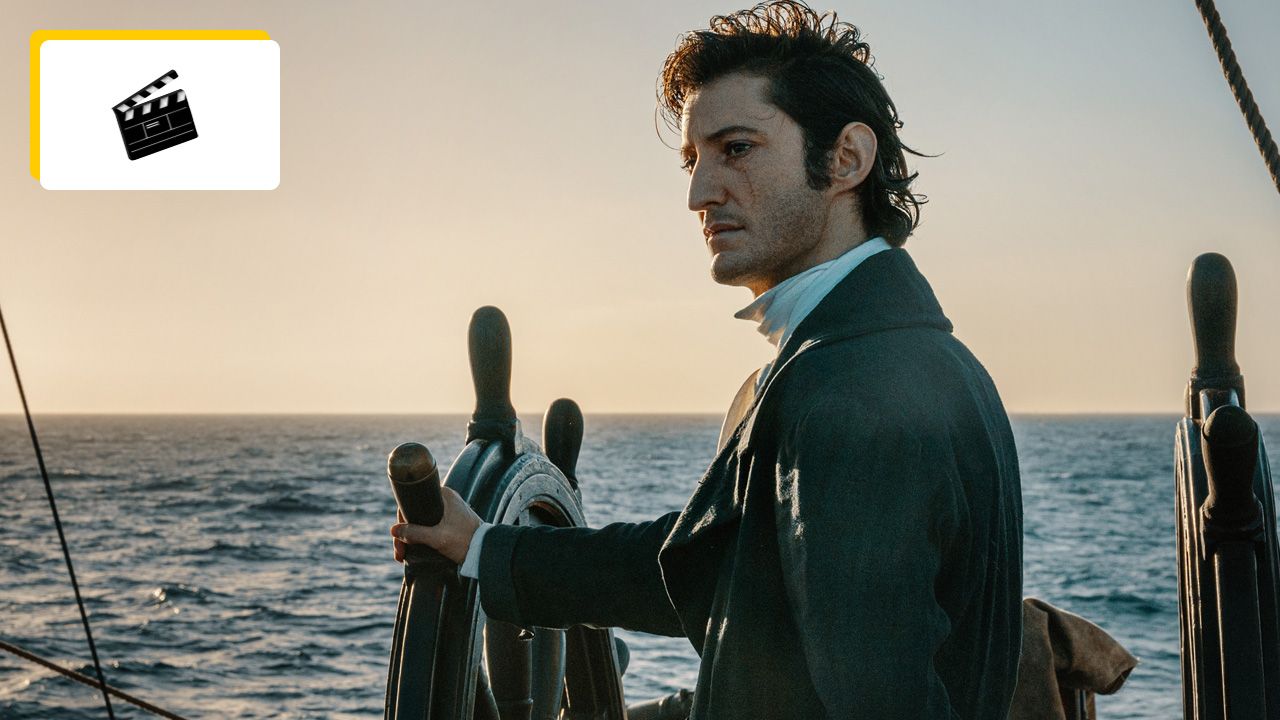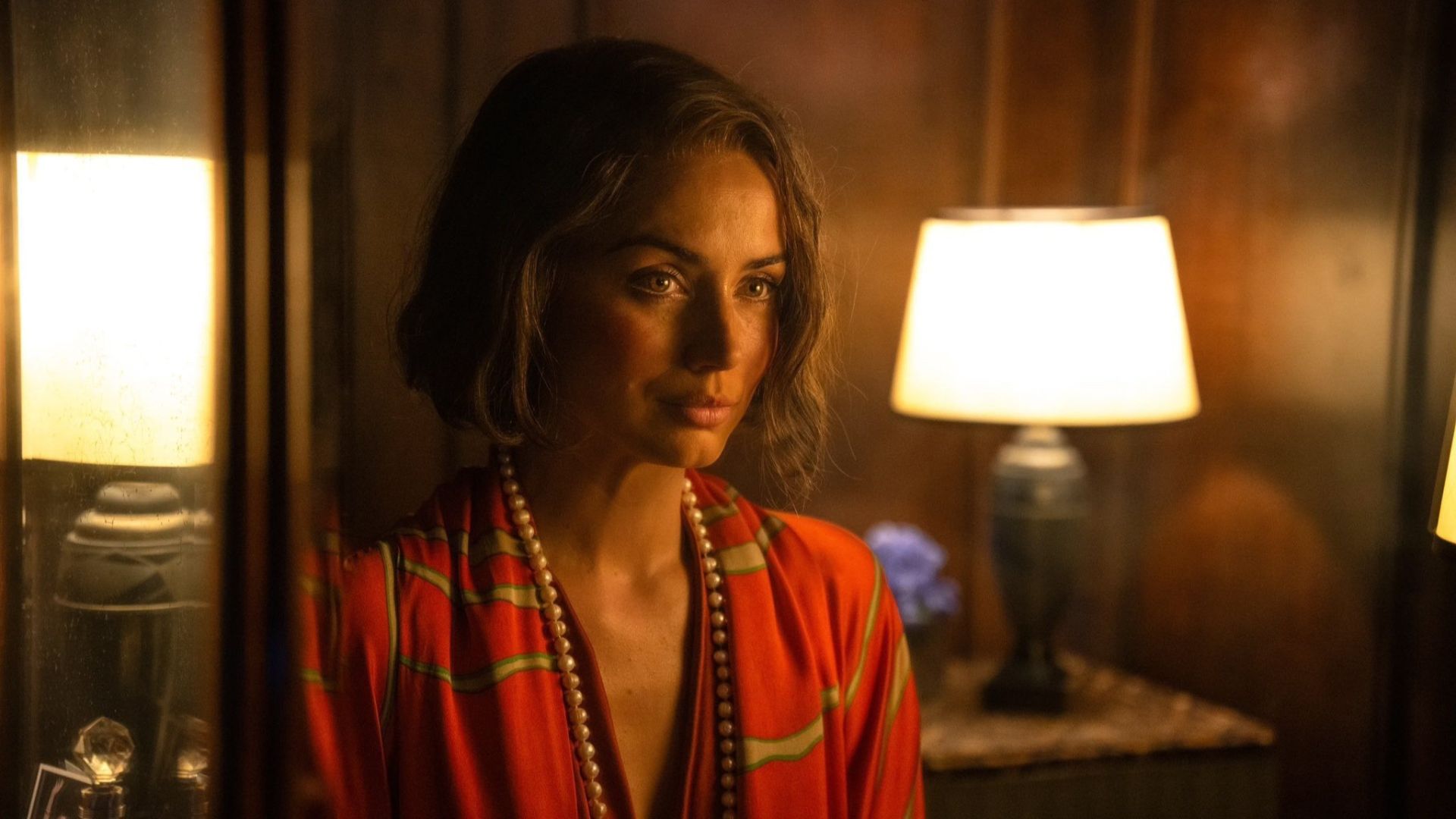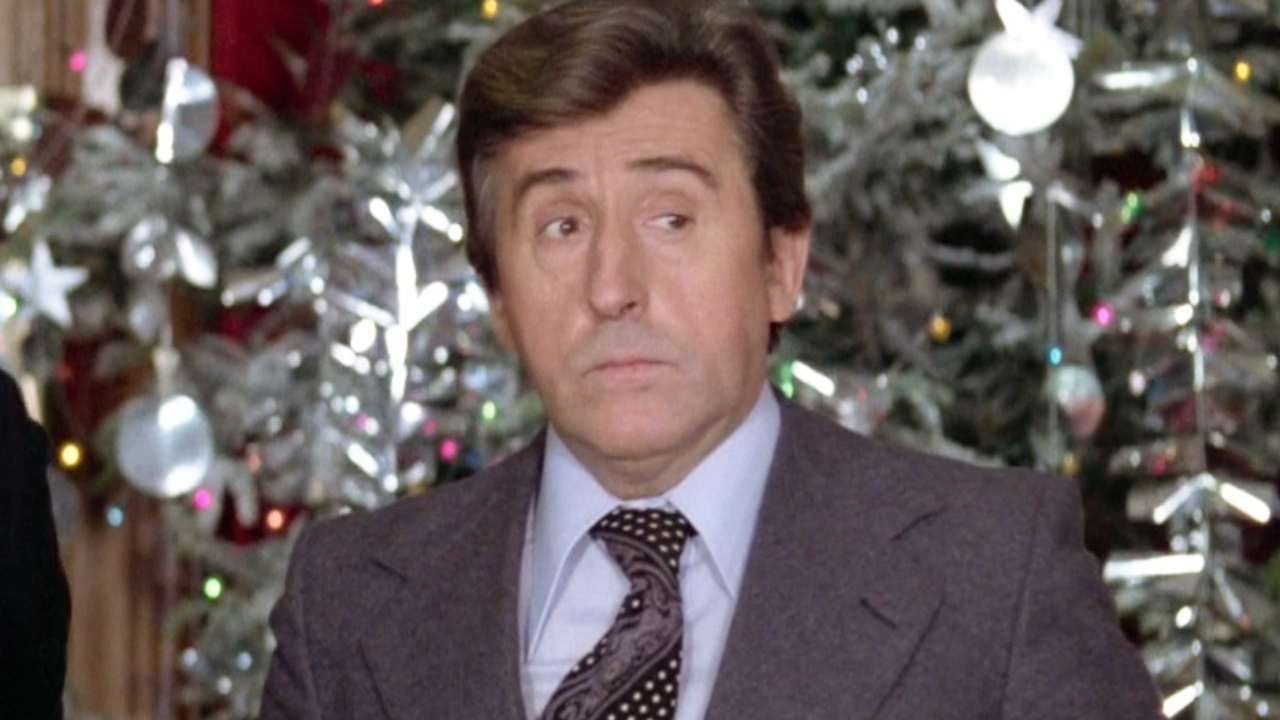Mathieu Delaporte and Alexandre de la Patelliere’s The Count of Monte Cristo continues to climb with more than 3 million viewers already and an average rating of 4.5 on AlloCiné, making it the highest-rated French film on the site.
Directed by Pierre Nin, the feature film adapted from the literary work of Alexandre Dumas Perry tells the story of Edmond Dantes, a young sailor who is the victim of a conspiracy. Arrested on his wedding day for a crime he did not commit, he was imprisoned at Chateau d’If. Fourteen years later, he managed to escape. Vastly enriched, he returns as the Count of Monte Cristo to seek revenge on the three men who betrayed him.
This iconic novel of French literature has been adapted thirty times for television and film, in France as well as in the United States and Italy. But for this new version, Mathieu Delaporte and Alexandre de la Patellier – also the screenwriters of the feature film – chose to change the ending of the novel for their adaptation. What are the main differences?
Warning, the rest of this article contains spoilers for The Count of Monte Cristo.
Since this is an adaptation of a 1200+ page novel into a single 3 hour film, the writers and directors had to make a choice and delete certain passages from the novel. Interviewed by AlloCiné, Sylvain Leda, professor of French literature at the University of Rouen-Normandie and specialist in Romanticism and Alexandre Dumas, enlightens us: “There are indeed a certain number of differences. Somewhat angry critics have pointed them out, but this is an intellectual and aesthetic mistake, because adaptation, as its name suggests, adapts another work and makes a choice. Fidelity is not an essential criterion. The idea of fidelity is completely alien to Alexandre Dumas himself, When he adapts Schiller’s Fiesca or Shakespeare’s Hamlet.“
The Count of Monte Cristo
An important difference between the ending of the novel and the movie
One of the biggest differences between Dumas’ novel and Dimitri Rassam’s film is the ending. In the literary work, Fernand de Morcerf – played on screen by Bastien Bouillon – kills himself after being humiliated by Heide (Annamaria Bartholomew), and Mercedes (Anais Demostier) moves in with her son Albert (Vassily Schneider). Edmond Dantes returns to the East to Heides, who falls in love with him.
In the feature film, Edmond saves Fernand and arranges Heide’s escape with young Albert. Wounded in battle, Dantes writes a last letter to Mercedes and takes her to his boat. The hero has completed his revenge, and the two young lovers can spend their love in peace and in the daytime.

The Count of Monte Cristo
A darker ending to the novel
Sylvain Leda returns to this ending, which is different: “At the end of the novel, there is no relationship between Heide and the young Albert de Morseff. Heide goes on a boat with Dante.
In the movie, they wanted to mend the wound, so they treated it as a happy melodrama, why not, but the reality of the novel is much darker and ultimately disappointing, as he seeks revenge but doesn’t quite succeed. .. He realizes that his revenge has a limit and beyond that we will fall into evil. So the reader who has seen the movie will be surprisedS.”
After the film’s release on June 28, sales of Alexandre Dumas’ novel soared, prompting publisher Folio to reprint the novel three times in two months.
Source: Allocine
Rose James is a Gossipify movie and series reviewer known for her in-depth analysis and unique perspective on the latest releases. With a background in film studies, she provides engaging and informative reviews, and keeps readers up to date with industry trends and emerging talents.







